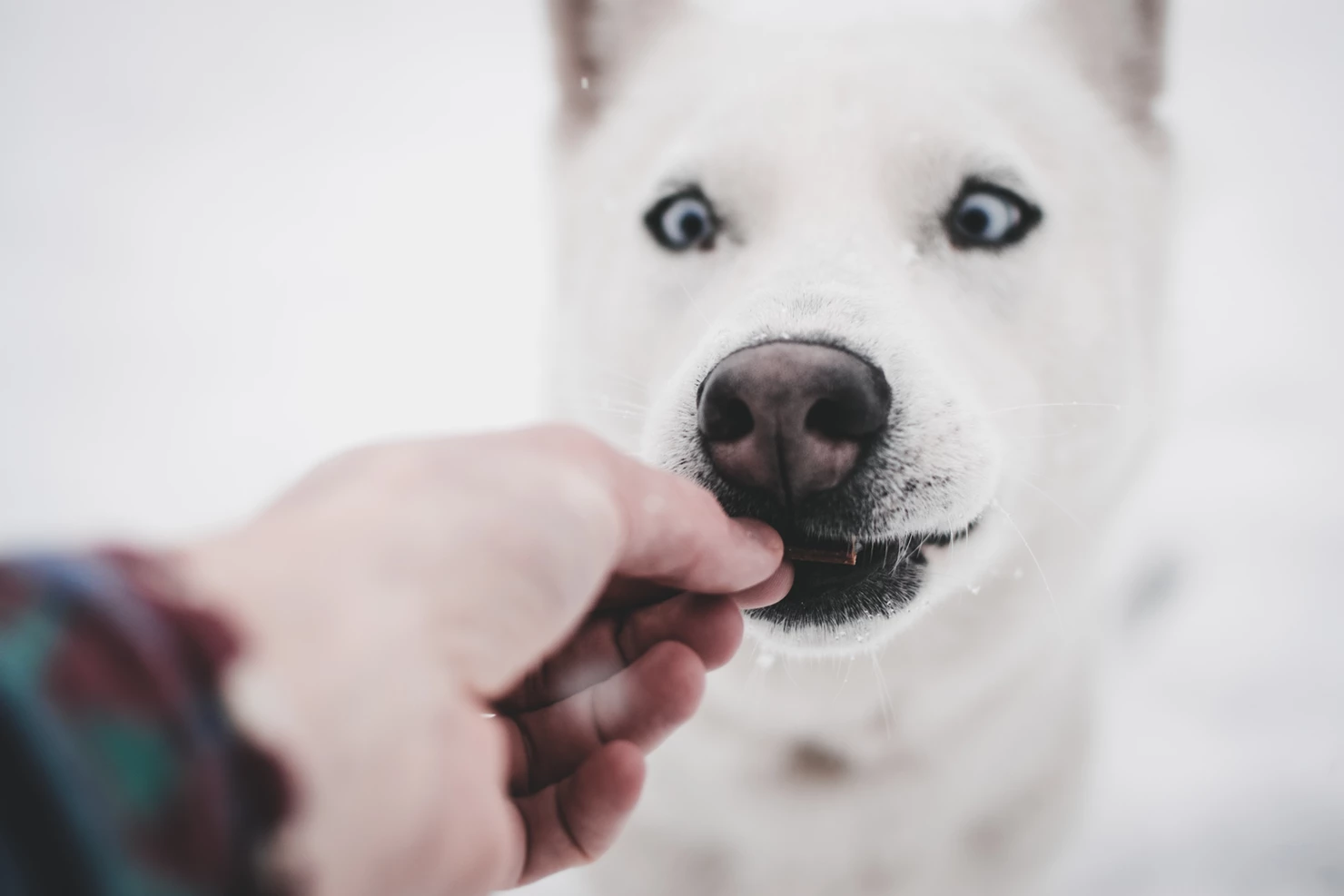The 10 Best Steps to Choosing Quality Dog Food
No doubt, a balanced, raw, or homemade diet with many ingredients is the best diet for your dog. But for many of us, this type of diet just isn’t possible. You won’t see any judgment here!
You’re one of the many who feed kibble. But, you want to make sure your pup gets the best nutrition possible. I want to help by giving you the 10 best steps for choosing kibble for your dog.
Now, I know a lot of articles list only the best brands, but I’m not going to do that here. First, it depends on where you live. Certain brands may or may not be available. Second, companies and formulas change so often that this article would quickly become outdated.
Instead, I prefer to give you my 10 tips for choosing a high quality food and becoming an informed consumer. So here they are!
My 10 tips for choosing a quality food for your dog
-
Usually, the cheaper the food, the cheaper the ingredients inside the bag. So avoid cheap foods as well as generics or supermarket brands. They are usually made with cheap and low quality ingredients.
-
Choose kibble that includes organic or human-grade ingredients, as well as meats produced without hormones or antibiotics.
-
Look for kibble that says natural on the label. This doesn’t actually tell you the quality of the ingredients, but it does mean it can’t contain any synthetic preservatives or chemicals unless they’re specifically listed on the food bag.
-
Only buy foods that contain whole meats instead of meals (like chicken meal, beef meal, fish meal). And avoid all foods that don’t mention the type of meat. If it’s just meat meal or meat by-product, avoid it at all costs.
-
Add fresh vegetables and fruits to your dog’s meals, as well as other homemade foods like your leftovers (avoiding anything that could be toxic to your dog, of course!).
-
Don’t give your dog just one brand of food. He needs variety, just like you and me, so choose 4-5 different brands, all high quality of course, and rotate them on a weekly or monthly basis. This way you are sure to cover all of his nutrients and he will get a wide range of different ingredients. This also protects him against the development of food allergies. Don’t limit this rotation to just one brand of food, as they tend to use the exact same basic ingredients and only change the main ingredients.
-
Don’t be afraid to call the manufacturer and ask about ingredient sourcing, suppliers, and production methods. If they refuse to answer your questions, don’t buy from them.
-
Avoid foods that contain any kind of synthetic additives. Although dogs that consume them regularly appear to be healthy, there is no research on the long-term consequences for their health. If you’re not sure which additives to avoid, pick up a copy of my dog food ingredient analyzer, which includes the names of the most common ones to avoid.
-
Try to stay away from kibble that lists any type of meat by-product as the number one source of protein. You can use this type of kibble occasionally in a pinch, but the by-products are a much less healthy source of meat than muscle meats.
-
Only buy from stores with high food turnover and food that doesn’t stay on their shelves for long. The longer the bag sits on the shelf or if it hasn’t been stored properly, the faster it degrades.
Download the Dog Food Ingredient Analyzer and never wonder again about what you’re giving your dog!

I hope this list of dos and don’ts will help you see a little more clearly in the murky waters of the dog food industry. With a little knowledge and a little research, you can ensure that your pup is getting the best nutrition you can provide.
Don’t hesitate to contact me:
Email : contact@enlightenedanimal.com
Website : https://www.enlightenedanimal.com


0 Comments